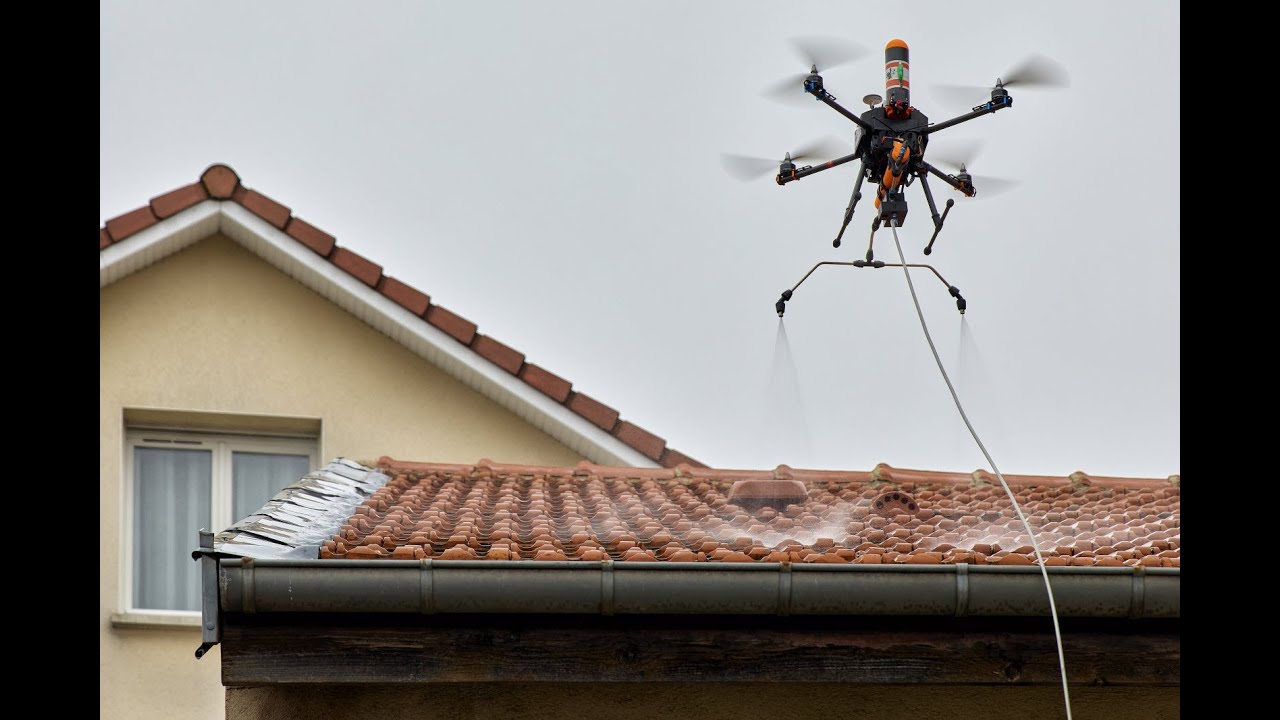Preserving the architectural legacy is crucial in Saintes, a charming town where modernity and antiquity coexist in perfect harmony. Saintes has long been a destination where the past and present collide thanks to its attractive streets, significant historical sites, and rich cultural legacy. It can be difficult, though, to keep the buildings’ structural integrity in the face of severe weather. Here, hydrofuge façades offer a ground-breaking remedy for safeguarding and enhancing the town’s architectural treasures.
In Saintes, hydrofuge façades, often referred to as hydrophobic facades, are becoming increasingly popular as an essential part of contemporary building care and rehabilitation. In addition to protecting buildings from the corrosive impacts of rain, wind, and pollution, these cutting-edge coatings also improve their aesthetic appeal. We’ll go deeper into the world of hydrofuge façades in Saintes in this blog post, looking at their advantages, uses, and how they help to preserve the town’s architectural history.
What exactly is a hydrofuge façade?

A hydrofuge façade, also known as a hydrophobic façade, is a type of protective coating or treatment applied to the exterior surfaces of buildings. Its primary purpose is to make the building’s facade highly resistant to water and moisture, thereby providing several key benefits:
Water Repellency: Hydrofuge façades are designed to repel water, preventing it from penetrating the building’s exterior. This is crucial in areas with heavy rainfall, as it helps to keep the building’s structural components dry and prevents water-related damage such as mold growth, rot, and deterioration of materials.
Protection from Environmental Elements: These coatings also shield the building from environmental pollutants, including dust, dirt, and pollutants present in the air. By creating a hydrophobic barrier, they help maintain the building’s aesthetic appearance and reduce the need for frequent cleaning and maintenance.
Enhanced Durability: Hydrofuge façades can extend the lifespan of a building by preventing moisture-related damage. They reduce the risk of cracks, efflorescence (white, powdery deposits on the surface), and freeze-thaw damage, particularly in regions with varying weather conditions.
Energy Efficiency: By keeping moisture out, hydrofuge coatings can improve the insulation properties of a building. This can lead to energy savings, as it reduces heat transfer through the facade, contributing to better temperature control inside the building.
Aesthetic Benefits: These coatings often enhance the appearance of the building by preserving the original color and texture of the facade materials. They can also be applied in a nearly invisible manner, maintaining the architectural integrity of the structure.

